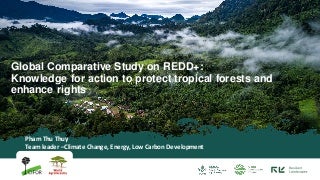Woodfuel is extremely important for energy security in Africa. About eighty percent of both rural and urban populations in the 49 countries that comprise South-Saharan (SSA) Africa rely on wood-based biomass to satisfy their energy needs, especially for cooking. Under the Paris Agreement for Climate Change, countries have submitted their ‘Intended Nationally Determined Contributions’ (INDCs) to the Secretariat of the United Nations Convention for Climate Change (UNFCCC), to define their national ambitions. After Paris, these have now become legally binding NDCs. Therefore, the role that woodfuel plays in the NDCs of SSA countries needs to be assessed.
We reviewed and assessed INDC/NDCs of a selection of SSA countries to identify how they focus on wood fuel. This paper provides a first analysis of the role that wood fuels play in the NDCs. Only five of the 22 countries analyzed do not mention wood fuels at all. While all of those that do mention roadmaps, only just over half of them offer budgetary considerations, and about half of them identify institutional responsibilities for the woodfuel sector. In many NDCs, woodfuel is seen as a backwater technology, and not the renewable energy source it could be come if sustainably harvested and managed. We find that, overall, next iterations of the NDCs in SSA countries need to become more specific regarding the role of woodfuels in national climate and development policies.











